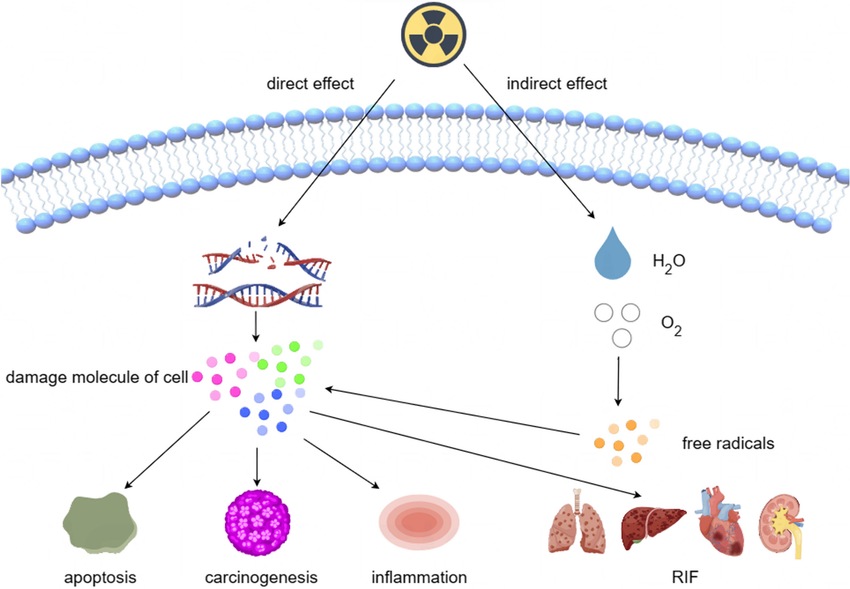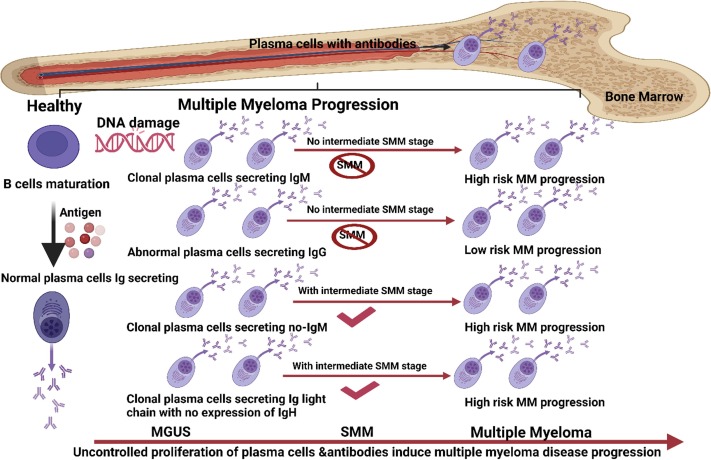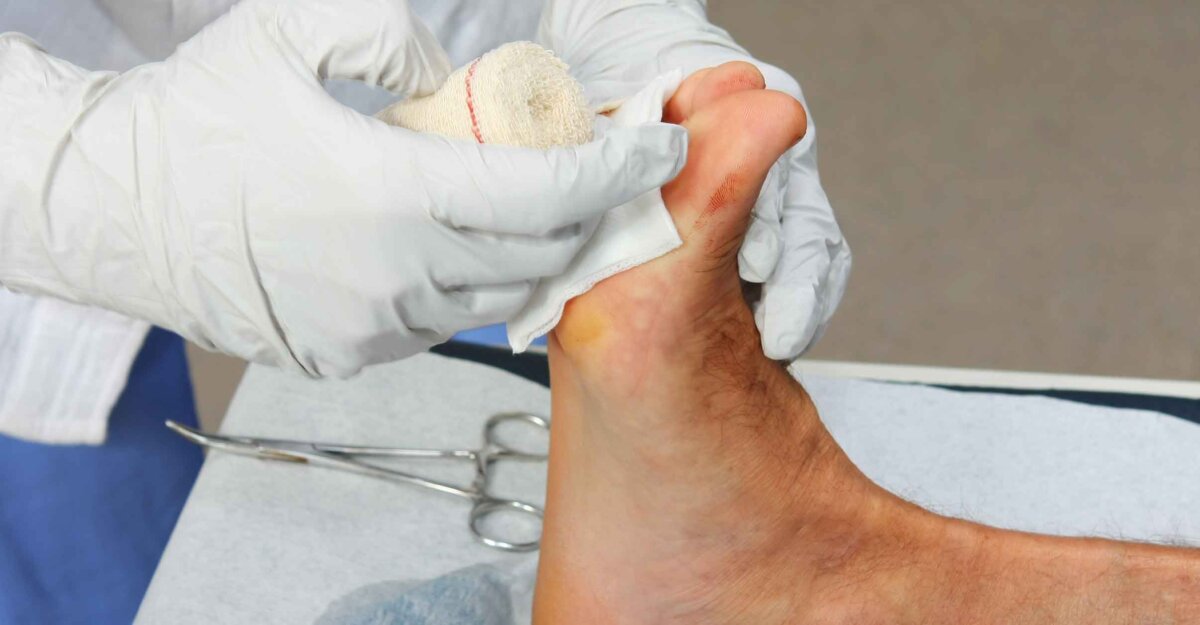
Physical Characteristics of Trematodes
Trematodes, commonly known as flukes, are a class of parasitic flatworms (Phylum Platyhelminthes) characterized by their dorsoventrally flattened, leaf-like or elongated bodies. While most trematodes are hermaphroditic, the genus Schistosoma notably exhibits dioecy (separate sexes).
- Body Plan: Typically unsegmented and leaf-shaped, though schistosomes are more elongated and cylindrical. Their size varies significantly depending on the species, ranging from a few millimeters to several centimeters.
- Suckers: All trematodes possess at least two suckers: an anterior oral sucker surrounding the mouth, and a ventral sucker (acetabulum) located on the ventral surface. These suckers are crucial for attachment to host tissues, allowing the parasite to resist peristalsis and maintain its position in blood vessels or other host organs.
- Tegument: The outer covering, or tegument, is a metabolically active, syncytial (multinucleated) layer that lacks cilia in adult worms. This syncytial layer is vital for nutrient absorption, excretion of waste products, and protection against the host’s immune response. It often features spines or tubercles, particularly in schistosomes, which aid in anchoring to the endothelium of blood vessels.
- Digestive System: Trematodes possess an incomplete digestive system. The mouth, located within the oral sucker, leads to a muscular pharynx, a short esophagus, and typically a bifurcated intestine (caeca) that ends blindly. There is no anus, meaning undigested waste products are regurgitated through the mouth. Schistosomes feed on blood cells, which contributes to their pathogenicity.
- Excretory System: The excretory system is protonephridial, consisting of flame cells (ciliated terminal cells) connected to a network of tubules that converge into one or two main excretory canals, opening via an excretory pore at the posterior end of the body. This system is involved in osmoregulation and waste removal.
- Nervous System: A ladder-like nervous system is present, comprising a cerebral ganglion (brain) in the anterior region from which longitudinal nerve cords extend throughout the body, connected by transverse commissures.
- Reproductive System: With the exception of schistosomes, most trematodes are hermaphroditic, possessing both male and female reproductive organs.
- Male System: Typically includes two testes (variable in number and shape) with vasa efferentia connecting to a vas deferens, seminal vesicle, and ejaculatory duct that opens into a common genital pore.
- Female System: Consists of a single ovary, oviduct, vitelline glands (producing yolk and shell material for eggs), Mehlis’ gland, uterus, and finally opens into the common genital pore.
- Schistosomes (Dioecious): Distinct male and female worms exist. The male is generally stouter and shorter, possessing a gynecophoric canal in which the longer, more slender female resides permanently for copulation and egg production.
Classification of Schistosoma on the Basis of Organ Systems Affected
Schistosoma species are unique among trematodes for being dioecious and for residing in the blood vascular system of their definitive human host. Classification based on the primary organ system affected by adult worms and their eggs is clinically significant:
- Urogenital Schistosomiasis:
- Schistosoma hematobium: Primarily affects the urogenital system. Adult worms typically reside in the venous plexuses around the bladder (vesical plexus), but also in the pelvic veins, leading to pathology primarily in the bladder, ureters, kidneys, and to a lesser extent, genital organs.
- Intestinal Schistosomiasis:
- Schistosoma mansoni: Primarily affects the large intestine and liver. Adult worms mostly inhabit the inferior mesenteric veins, particularly those draining the large intestine and rectum. Eggs are deposited in the intestinal wall and subsequently transported to the liver via the portal system.
- Schistosoma japonicum: Primarily affects the small intestine and liver. Adult worms are found predominantly in the superior mesenteric veins (draining the small intestine) but can be found throughout the portal system. Its eggs are smaller and produced in larger numbers, leading to more widespread dissemination and often more severe pathology, including significant liver damage and potential central nervous system involvement.
- (Note: Other less common species, such as Schistosoma mekongi and Schistosoma intercalatum, also cause intestinal schistosomiasis, but their epidemiology and pathology largely mirror S. japonicum and S. mansoni, respectively, though with distinct geographical distributions.)
Human-Pathogenic Schistosoma Species
The life cycle for all human-pathogenic Schistosoma species involves the same fundamental stages, differing mainly in the specific intermediate snail host, the primary location of adult worms in the human host, and the morphology of their eggs.
3.1. Schistosoma hematobium
- Routes of Infection: Humans are infected when their skin comes into contact with fresh water containing infective cercariae, released from infected freshwater snails (Bulinus species). The cercariae actively penetrate the skin.
- Life Cycle:
- Cercariae Penetration: Fork-tailed cercariae released from snails penetrate human skin (often causing “swimmer’s itch”).
- Schistosomulae Formation: Within the skin, they transform into schistosomulae, which enter the peripheral circulation.
- Migration: Schistosomulae travel through the bloodstream to the lungs, then to the liver.
- Maturation: In the intrahepatic portal venules, they mature into adult worms over several weeks.
- Migration to Target Site: Adult worms migrate against blood flow to the venous plexus of the bladder and pelvis, where male and female worms pair.
- Egg Deposition: Females begin laying non-operculated, terminally spined eggs, typically in the venules of the bladder wall.
- Egg Excretion: Eggs migrate through the bladder wall into the lumen and are expelled with urine.
- Miracidium Hatching: If eggs reach fresh water, they hatch, releasing miracidia.
- Snail Infection: Miracidia penetrate specific freshwater snails (Bulinus spp.).
- Asexual Reproduction in Snail: Inside the snail, miracidia develop into mother sporocysts, then daughter sporocysts, finally producing thousands of cercariae through asexual reproduction. The cycle repeats.
- Pathophysiology:
- Acute Phase (Katayama Fever): Less common and generally milder than with intestinal species. Symptoms may include fever, cough, urticaria, and eosinophilia, occurring 3-8 weeks post-exposure due to immune reactions to migrating schistosomulae and initial egg deposition.
- Chronic Phase: The primary pathology is due to the host’s granulomatous immune response to eggs trapped in tissues. In the bladder, this leads to inflammation, fibrosis, pseudopolyposis, “sandy patches” (calcified eggs), and calcification of the bladder wall. Chronic inflammation can result in hydroureter, hydronephrosis, and ultimately renal failure. There is a strong association with squamous cell carcinoma of the bladder. Eggs can also lodge in genital organs, leading to female genital schistosomiasis (FGS) with vaginal bleeding, dyspareunia, and infertility, or male genital schistosomiasis affecting prostate, seminal vesicles, and epididymis.
- Clinical Features:
- Early: “Swimmer’s itch” (dermatitis), dysuria, hematuria (terminal hematuria is a hallmark symptom), increased urinary frequency, bladder pain.
- Advanced: Obstructive uropathy, hydronephrosis, recurrent bacterial urinary tract infections, renal failure, bladder stones, and bladder cancer.
- Laboratory Diagnosis:
- Microscopy: Detection of characteristic eggs in urine (terminal urine sample is preferred as eggs are passed more frequently at the end of micturition). Concentration techniques (filtration through polycarbonate filters or centrifugation) improve sensitivity.
- Serology: Antibody detection (e.g., ELISA, indirect immunofluorescence) can indicate exposure but does not distinguish between active and past infection.
- Antigen Detection: Circulating cathodic antigen (CCA) or circulating anodic antigen (CAA) in urine or serum can indicate active infection.
- Molecular Methods: PCR for Schistosoma DNA in urine or tissue.
- Imaging: Ultrasonography of the bladder and kidneys to detect pathological changes. Cystoscopy for direct visualization of bladder lesions and biopsies.
3.2. Schistosoma mansoni
- Routes of Infection: Similar to S. hematobium, infection occurs via skin penetration by cercariae in fresh water, but from infected Biomphalaria species snails.
- Life Cycle: The initial stages (cercariae penetration, schistosomulae migration through lungs and liver, maturation) are analogous to S. hematobium. However, adult S. mansoni worms then migrate to the inferior mesenteric veins (draining the large intestine and rectum). Eggs are laid in the venules of the intestinal wall, traverse the wall into the lumen, and are expelled with feces. Miracidia hatch from eggs in fresh water and infect appropriate Biomphalaria snails to continue the cycle.
- Pathophysiology:
- Acute Phase (Katayama Fever): More common and often more severe than with S. hematobium. Characterized by fever, chills, cough, myalgia, abdominal pain, diarrhea, hepatosplenomegaly, and marked eosinophilia, typically 3-8 weeks post-infection. This is a systemic hypersensitivity reaction to migrating schistosomulae and early egg deposition.
- Chronic Phase: Pathology is primarily due to granulomatous reactions around eggs trapped in the intestinal wall and liver.
- Intestinal: Granulomas, inflammation, and fibrosis of the colonic and rectal walls, leading to pseudopolyposis, dysentery, abdominal pain, and bloody diarrhea.
- Hepatosplenic: Eggs are swept to the liver via the portal circulation, where they cause periportal fibrosis (classic “pipestem fibrosis” or Symmers’ fibrosis). This leads to presinusoidal portal hypertension, splenomegaly, ascites, and esophageal varices, which can rupture and cause life-threatening hemorrhage. Pulmonary hypertension can develop in advanced disease due to eggs reaching the lungs.
- Clinical Features:
- Acute: Fever, chills, headache, malaise, abdominal pain, diarrhea (sometimes bloody), cough, urticarial rash, hepatosplenomegaly.
- Chronic: Chronic bloody diarrhea, abdominal pain, weight loss, growth retardation in children. Signs of portal hypertension: hepatosplenomegaly, ascites, esophageal varices (with risk of hematemesis/melena).
- Laboratory Diagnosis:
- Microscopy: Detection of characteristic eggs in stool samples. Multiple stool samples (3-5 consecutive days) may be required due to intermittent egg shedding. Quantitative techniques like the Kato-Katz method are widely used for assessing infection intensity.
- Serology: Antibody detection for screening or in travelers, but interpretation requires caution due to persistence of antibodies post-treatment.
- Antigen Detection: Detection of CCA or CAA in serum or urine.
- Molecular Methods: PCR on stool or biopsy samples.
- Imaging: Ultrasonography of the liver and spleen to assess for periportal fibrosis and organomegaly. Endoscopy with biopsy for intestinal lesions.
3.3. Schistosoma japonicum
- Routes of Infection: Similar to other species, via skin penetration by cercariae from infected Oncomelania species snails. A wider range of mammalian reservoir hosts (e.g., cattle, pigs, dogs, rodents) contributes to environmental contamination.
- Life Cycle: Follows the general Schistosoma pattern. Adult worms primarily reside in the superior mesenteric veins (draining the small intestine) but may be found throughout the portal system. Eggs are deposited in the venules of the small intestinal wall, pass into the lumen, and are excreted in feces. Miracidia hatch and infect Oncomelania spp. snails.
- Pathophysiology:
- Acute Phase (Katayama Fever): Often the most severe among the three species due to the higher egg output of S. japonicum and the smaller, rounder eggs’ greater propensity for widespread dissemination. Symptoms are similar to S. mansoni but often more pronounced: high fever, chills, severe abdominal pain, bloody diarrhea, generalized lymphadenopathy, and marked hepatosplenomegaly, sometimes leading to death.
- Chronic Phase: Granuloma formation around eggs in the small intestine and liver.
- Intestinal: Chronic inflammation, ulceration, and fibrosis in the small intestine, leading to malabsorption and chronic dysentery.
- Hepatosplenic: Eggs readily pass into the liver, causing severe, diffuse periportal fibrosis and portal hypertension, often more rapidly progressive and severe than with S. mansoni. This leads to significant splenomegaly, ascites, and variceal bleeding.
- Ectopic Lesions: The smaller eggs of S. japonicum are more prone to embolization to distant sites, notably the central nervous system (CNS), leading to cerebral schistosomiasis (seizures, headache, paralysis, behavioral changes) or spinal cord lesions (transverse myelitis, paraplegia). Pulmonary hypertension can also occur.
- Clinical Features:
- Acute: Severe fever, chills, headache, cough, urticaria, abdominal pain, profuse bloody diarrhea, marked hepatosplenomegaly, malaise.
- Chronic: Chronic dysentery, cachexia, and early onset of severe hepatosplenic disease with portal hypertension. Neurological symptoms (seizures, hemiplegia) due to CNS involvement are a distinctive feature.
- Laboratory Diagnosis:
- Microscopy: Detection of characteristic eggs in stool. Due to a tendency for deeper tissue deposition, eggs may be less abundant in stool than with S. mansoni, requiring multiple samples and sensitive concentration techniques (Kato-Katz, formalin-ether).
- Serology: Antibody detection is valuable, especially in low-endemicity areas or for returning travelers.
- Antigen Detection: CAA and CCA detection.
- Molecular Methods: PCR from stool, tissue biopsies, or CSF in neurological cases.
- Imaging: Ultrasonography of the liver for fibrosis assessment. CT/MRI for CNS lesions.
Morphological Characteristics of Eggs of Different Species of Schistosoma
The eggs of Schistosoma species are non-operculated and contain a mature miracidium. Their distinct morphological features, particularly the presence and location of a spine, are crucial for species differentiation in laboratory diagnosis.
- Schistosoma hematobium Egg:
- Shape: Typically oval to elongated.
- Size: Largest among the three major species, averaging 112-170 µm in length by 40-70 µm in width.
- Spine: Possesses a characteristic, prominent terminal spine at one end.
- Schistosoma mansoni Egg:
- Shape: Elongated and oval.
- Size: Intermediate in size, averaging 114-175 µm in length by 45-68 µm in width.
- Spine: Features a distinct, large lateral spine located near one end.
- Schistosoma japonicum Egg:
- Shape: More rounded or broadly oval.
- Size: Smallest of the three, averaging 70-100 µm in length by 50-65 µm in width.
- Spine: Bears a very small, inconspicuous lateral spine or knob, which can sometimes be difficult to observe or even appear absent under routine microscopy. This subtle spine is key to distinguishing it from other species.
In summary, the specific morphology of the egg, particularly the presence and location of the spine, serves as the definitive diagnostic characteristic for differentiating Schistosoma species in clinical samples, guiding appropriate treatment and public health interventions. This understanding of trematode biology and schistosome pathology is fundamental for effective diagnosis, treatment, and control of schistosomiasis.







